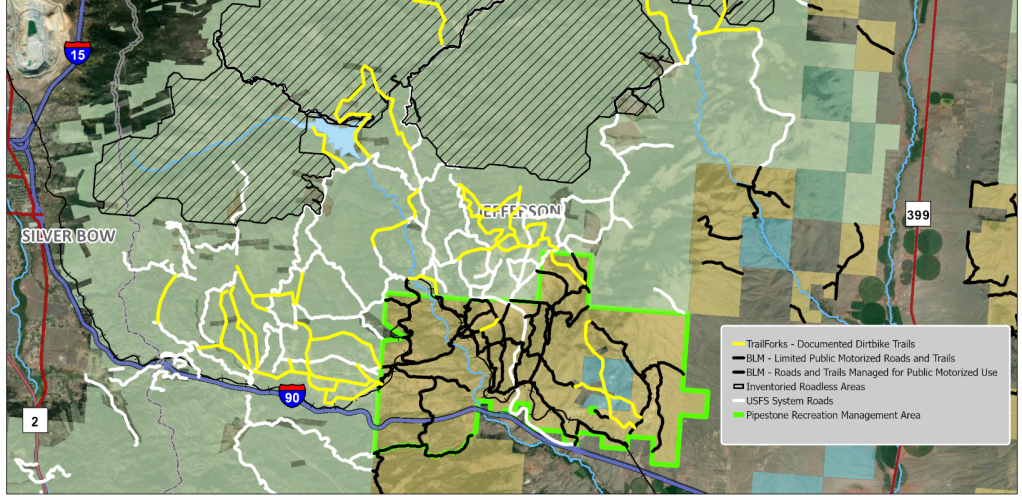You are absolutely right. But again, I still defer to the idea that we - as hunters, along with wildlife agencies, wildlife lovers, photographers, etc - have done shit to educate the general public and average recreation user. My 8yo daughter could tell you exactly why the USFS area behind our house is closed, but it's not because she read the 8x11 sign the USFS put up. That sign basically made it sound like it was for habitat improvement. Does habitat improvement sound as accurate as "crucial elk and mule deer wintering and calving ground"? Or something to that effect.
I agree with your earlier post that some recreation users aren't ever going to give a F about wildlife. Just like some hunters don't give an F about rules, season dates, etc. But we also can blame recreational users that have no idea on the impact of their usage and specifically crucial area / time of year usage.
We need to do better at talking with our non hunting friends and be wary of framing the discussion in a way that makes it sound like we are only concerned with hunt quality.
i agree.
to paraphrase @Oak in his Non Motorized Trail Grant Program thread that is very relevant to this discussion and that I think needs more attention: we've been getting our lunch eaten by the "non consumptive" community. probably more like taken to the cleaners.
and that's been happening because hunters haven't been showing up to comment on this stuff. i wouldn't necessarily say it's because of apathy, it's because most of us have no idea that these proposals exist and that our wildlife commission has one of the fingers on the money lever to help make them happen.









